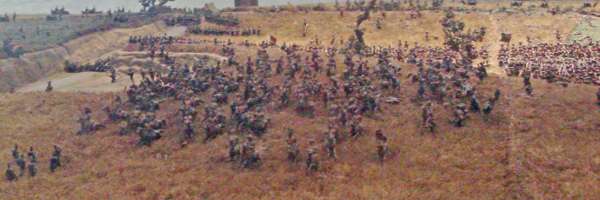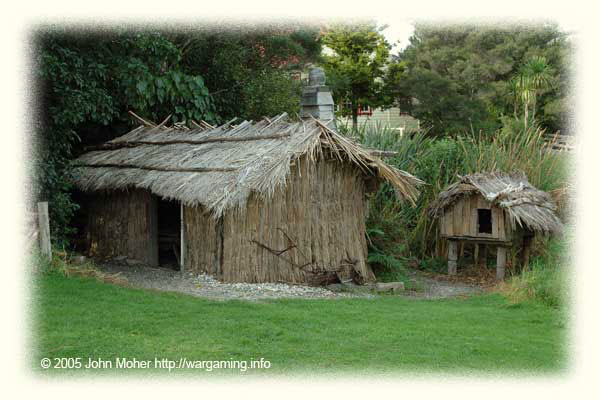I’ve recently been talking to Tony Won (a wargamer & historian in Belgium) about various things Dutch-Belgian and Hundred Days related – Tony is a bit of a Hundred Days expert with 30 years effort on the subject, but is also a wargamer who obviously has some very nice models in his collection.
Continue reading “A Wonderful 28mm Château d’Hougoumont”Tag: Historical
The Siborne “Small” Model
The Siborne “Small” Model shows the area around the Brussels-Wavre crossroads including the farm of La Haye Sainte where, during the second phase of the battle of Waterloo at 1.30pm to 2.30pm (Sunday 18 June 1815), Picton’s Division engaged the Divisions of Donzelot, Alix and Marcognet, while the farm itself was still held by the Kings German Legion. This is not to be confused with Siborne’s “Large” model which depicted the entire Waterloo battlefield.
Continue reading “The Siborne “Small” Model”Mystery Colonial Italian Gun?
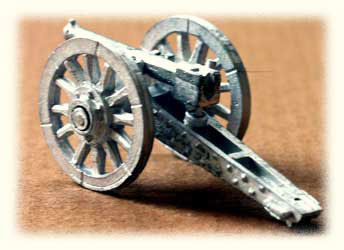
Can you identify this mysterious Italian Mountain Gun…? Askari Miniatures produce the illustrated Italian Mountain Gun – and while it is modelled on actual photographs of Italian guns it has not been positively identified exactly what model and calibre the weapon is.
Askari describe it thus: “Italian Mountain gun from the 1890s. Used by the Italian Askari camel and mule-mounted gun companies.“
I am attempting to identify exactly what weapon it is, when it entered service with the Italians (and for how long, i.e. was it still in use in WW1 or even WW2) and whether it may have been used by Nations other than the Italians (if it was for example an exported Krupp or DeBange gun or similar).
Maori Wars: Colonial New Zealand Buildings
New Zealand’s main Colonial Growth occurred in a period before and simultaneous to the American Civil War, as a result many major buildings from the 1840-1880 period closely resemble the same style of construction as was common in North America at the time of the American Civil War and before. By the 1870’s there appears to be a reasonably widespread introduction of corrugated iron (and of course in the main towns construction of large multi-story stone and similar buildings) – but this is essentially after the period we are interested in. Continue reading “Maori Wars: Colonial New Zealand Buildings”
The Widow at Windsor
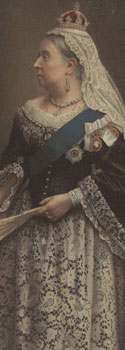
Widow at Windsor by Rudyard Kipling
’Ave you ’eard o’ the Widow at Windsor
With a hairy gold crown on ’er ’ead?
She ’as ships on the foam—she ’as millions at ’ome,
An’ she pays us poor beggars in red.
(Ow, poor beggars in red!)
There’s ’er nick on the cavalry ’orses,
There’s ’er mark on the medical stores—
An’ ’er troopers you’ll find with a fair wind be’ind
That takes us to various wars.
(Poor beggars!—barbarious wars!)
Then ’ere’s to the Widow at Windsor,
An’ ’ere’s to the stores an’ the guns,
The men an’ the ’orses what makes up the forces
O’ Missis Victorier’s sons.
(Poor beggars! Victorier’s sons!)
Walk wide o’ the Widow at Windsor,
For ’alf o’ Creation she owns:
We ’ave bought ’er the same with the sword an’ the flame,
An’ we’ve salted it down with our bones.
(Poor beggars!—it’s blue with our bones!)
Continue reading “The Widow at Windsor”
Colonial & 19th Century Wars & Battles
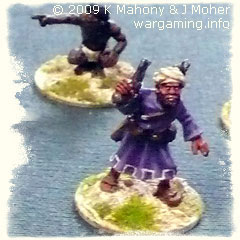
The following is a brief list of all the main wars and conflicts in the 19th Century after the end of the Napoleonic Wars…While the earlier ones were fought little differently to the Napoleonic Wars, from around 1850 or so onwards they steadily changed as modern technology intervened in the form of Rifled & Breech loading guns, improved artillery, machine-guns, railways, the telegraph, steam powered ships, armoured ships, early torpedoes, battleships with centralised rotating guns instead of broadsides, and so on… By the end of the century the new rifles, machine-guns, indirect quick-fire fire artillery, dreadnought battleships with rotating armoured gun turrets, early motor vehicles, and more were in use, or about to enter production, and would eventually be the mainstay of the armies involved in the First World War 14 years later…
U.S. Army 1944 Firing Test No.3
U.S. Army Firing Tests conducted August 1944 by 12th U.S. Army Group at Isigny, France.
Board of Officers
APO 655
30 August 1944
SUBJECT: Final report of board of officers appointed to determine comparative effectiveness of ammunition of 76mm gun and 17pdr gun.
U.S. Army 1944 Firing Test No.2
Firing Tests conducted 12-30 July 1944 by 1st U.S. Army in Normandy.
REPORT OF PROCEEDINGS OF BOARD OF OFFICERS
Organization: Headquarters, First U.S. Army.
Place: APO 230, U.S. Army.
Proceddings of a board of officers which convened at Headquarters, First U.S. Army, pursuant to Special Order No.196, Headquarters, First U.S. Army, 19 July 1944, a copy of which is attached as Exhibit A1.
U.S. Army 1944 Firing Test No.1
Report on Comparative Firing Program Witnessed at Shoeburyness, Essex, 23 May 1944 by U.S. Army Headquarters ETO representatives.
ARMORED FIGHTING VEHICLES & WEAPONS SECTION
APO 887
319.1 – 24 May 1944
MEMORANDUM TO: Executive Officer, AFV&W Section, Hq., ETOUSA.
SUBJECT: Report on Comparative Firing Program Witnessed at Shoeburyness, Essex, 23 May 1944.
Effectiveness of British (& U.S.) Tank Guns
Effectiveness of Guns and typical AFV Ammo Loads in British Service (including some U.S. Types).
This is a 1944 British War Office Document.
Continue reading “Effectiveness of British (& U.S.) Tank Guns”
Determining Shot Penetration Characteristics
The penetration of AP (Armour Piercing) Shot is determined primarily by its weight and velocity at the moment of impact. Other factors can influence it’s velocity (such as wind, pressure and atmospherics), or its ability to “bite” into the armour (e.g. ballistically curved surfaces, such as the T-34 turret or Porsche King Tiger Mantlet, or different shaped projectile heads, can cause rounds to ricochet). Finally the angle of the target’s armour, along with the firer’s angle of shot can affect the relative thickness of armour presented to the round that will need to be penetrated.
Continue reading “Determining Shot Penetration Characteristics”
Table of Compound Angles of Impact


The Angle of Impact on Armour Plate with the Angle of Attack in the Horizontal Plane
Formula: Cosine (Compound Angle) = Cosine (Vertical Angle) x Cosine (Horizontal Angle)
This information above was supplied to me by Jim O’Neil (Arizona, USA), the original source was Lorrin Bird. I’ve added a couple of quick comments below in the Notes section.

